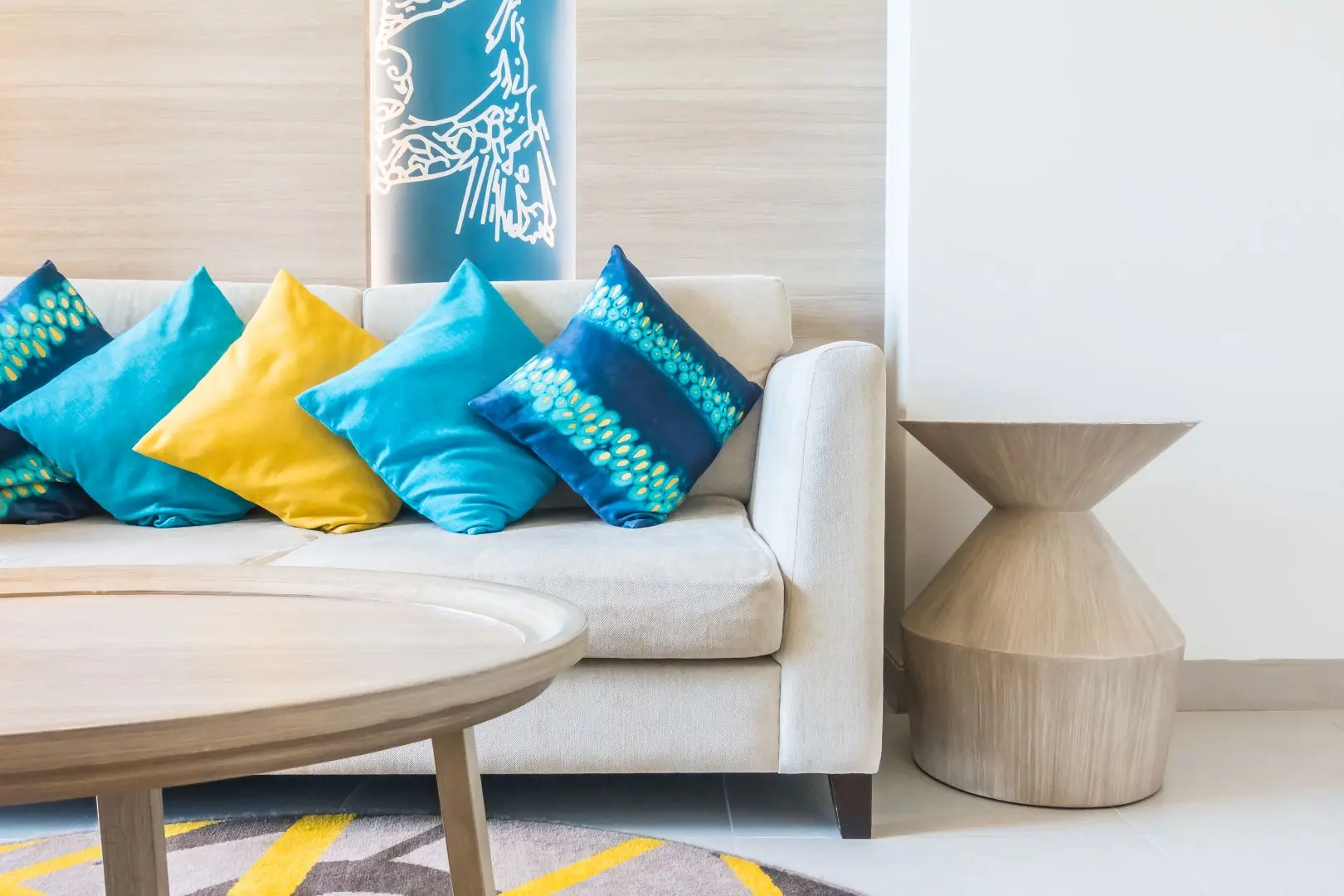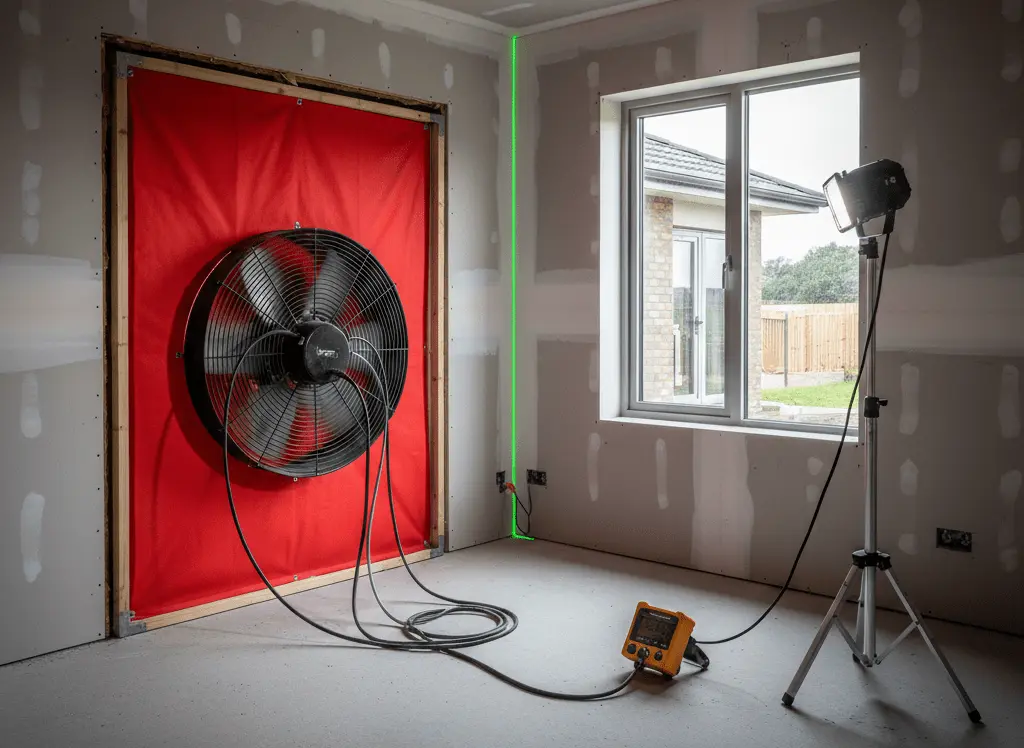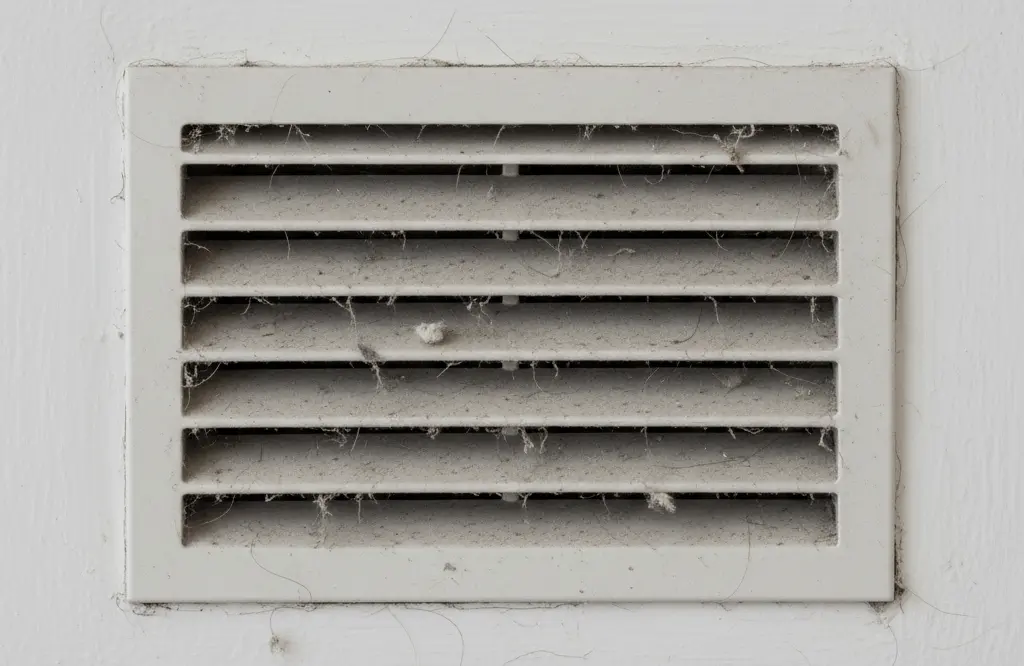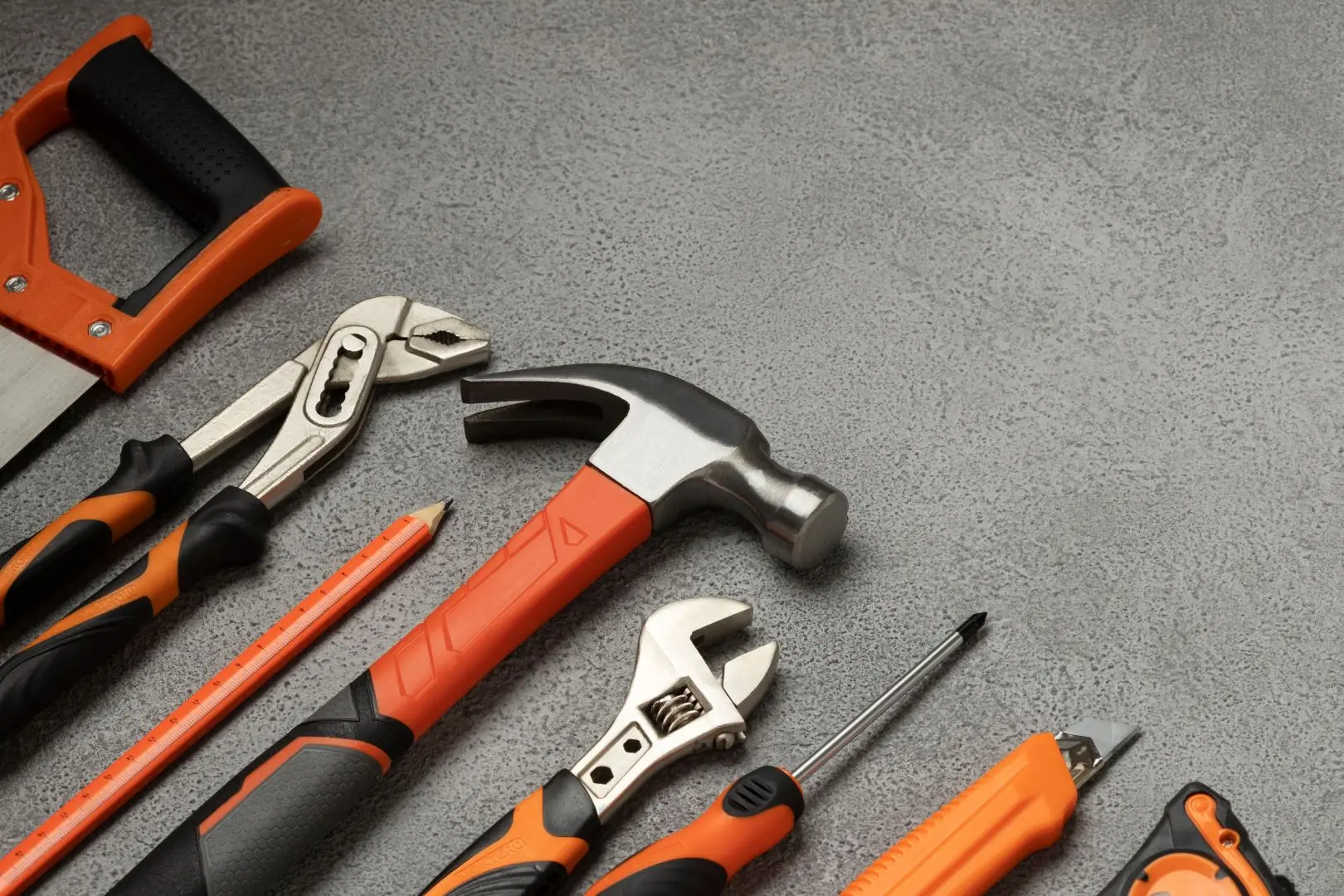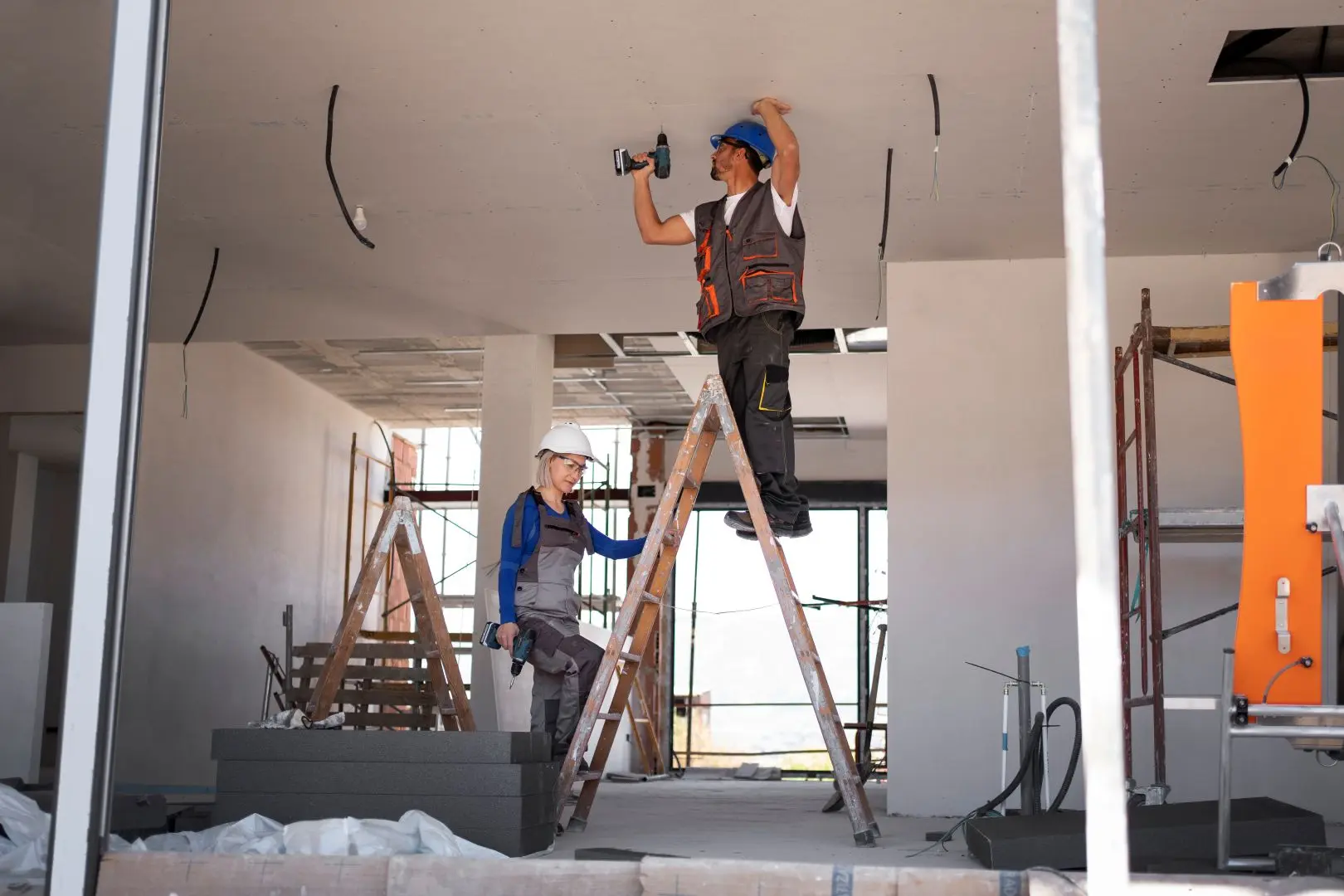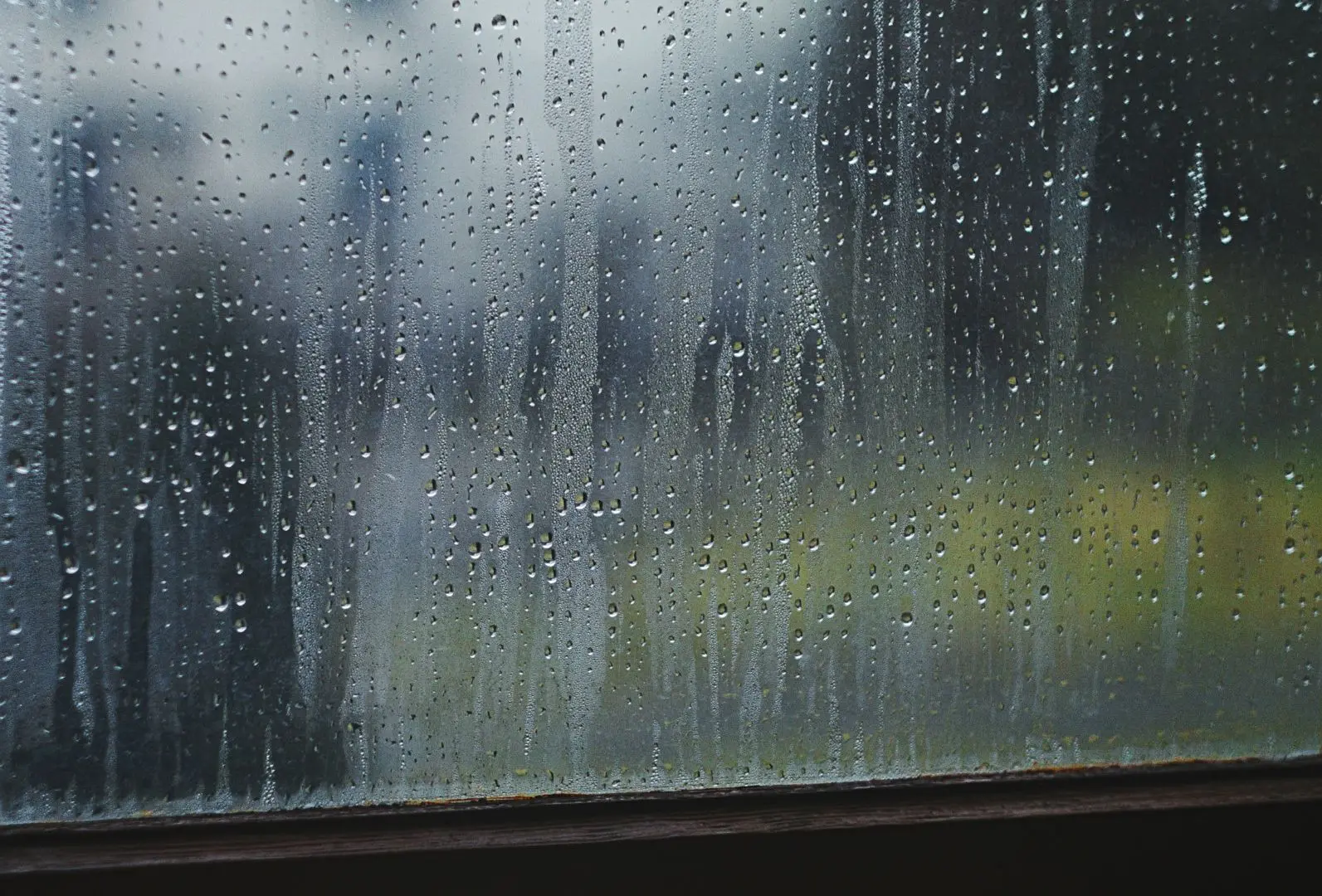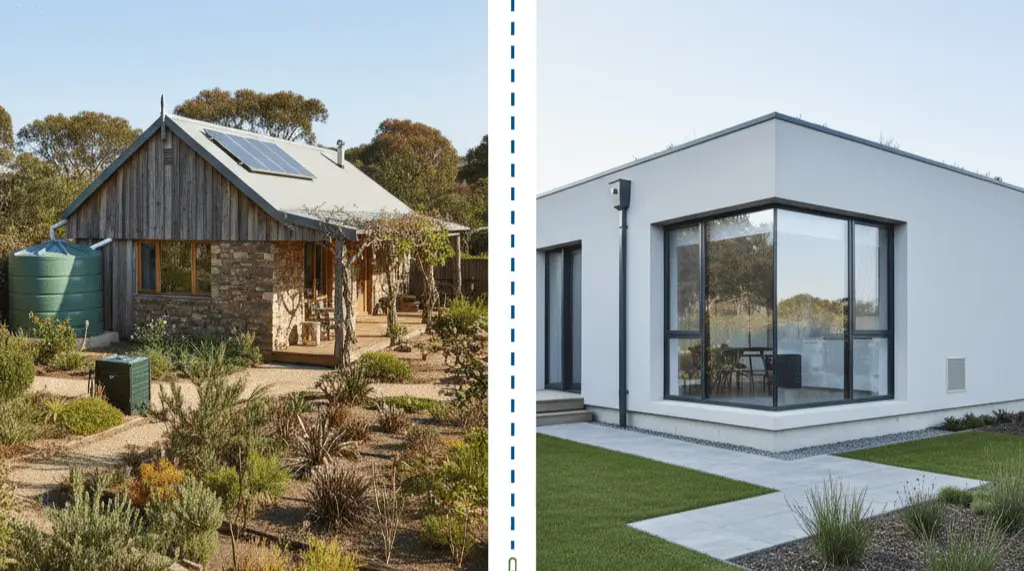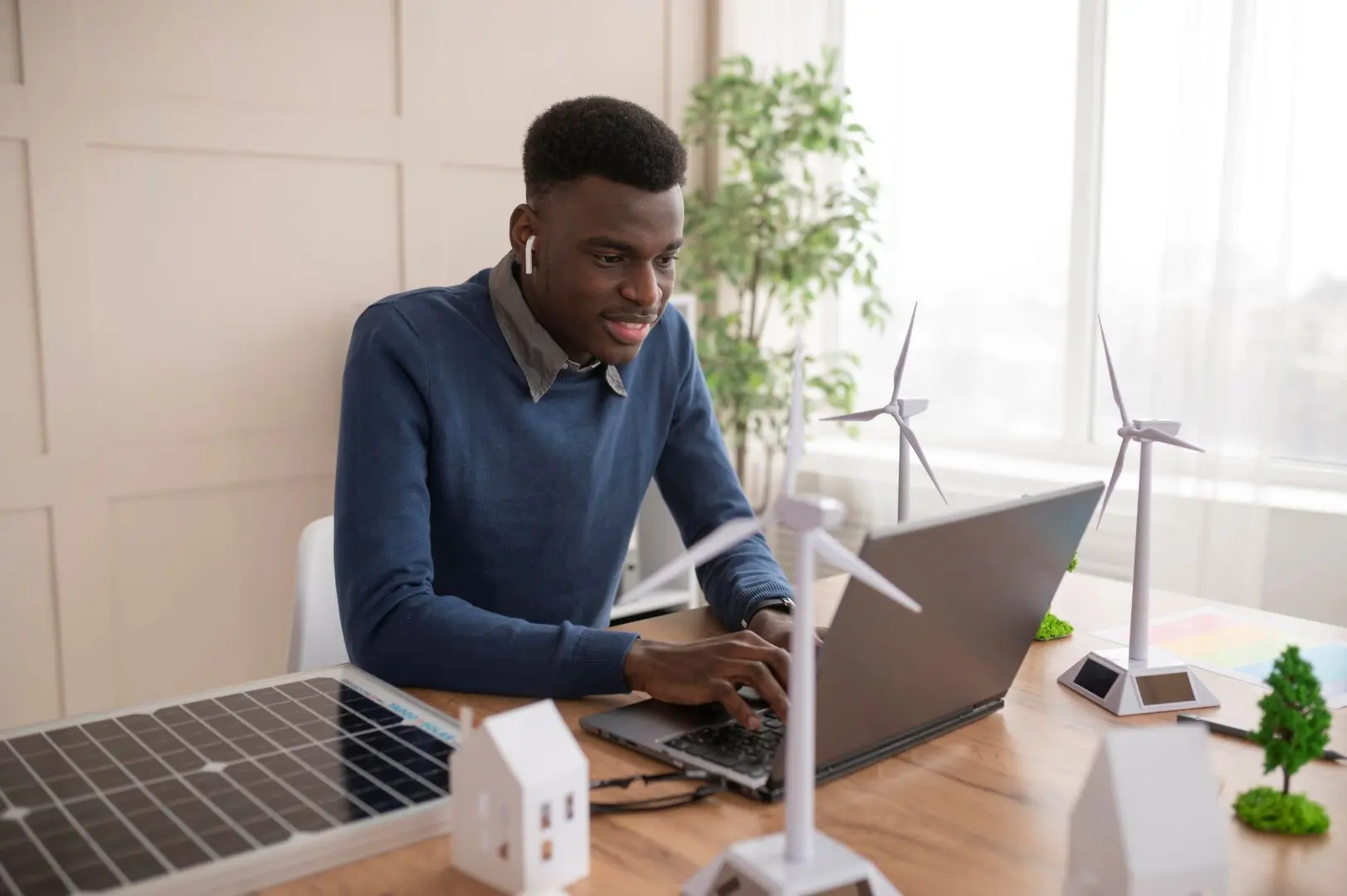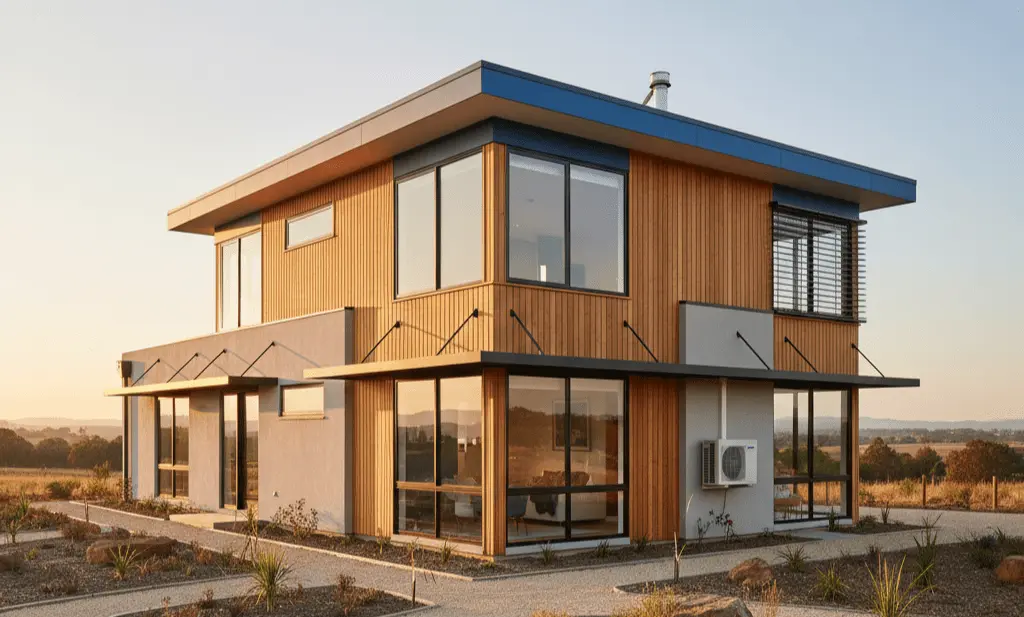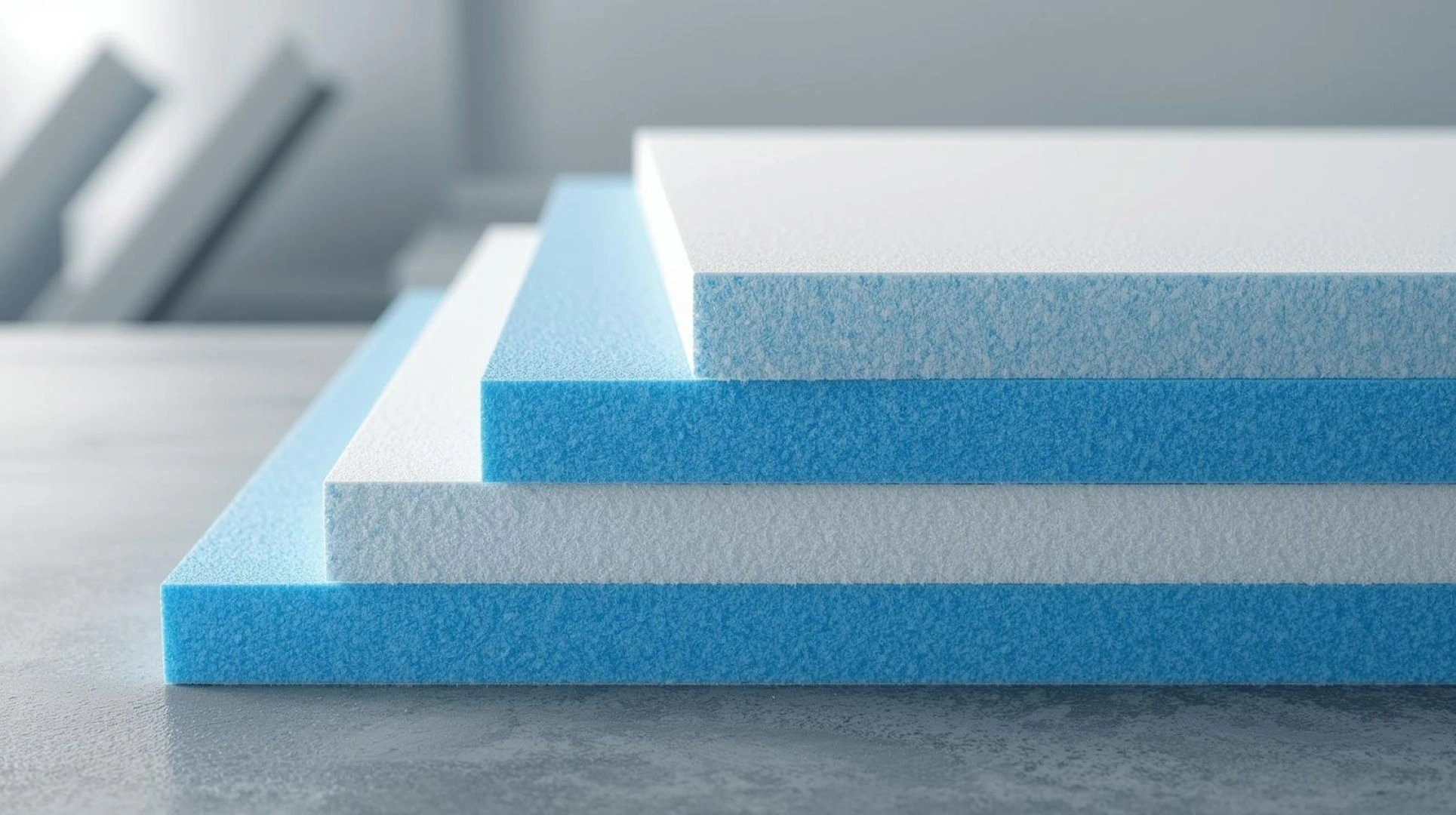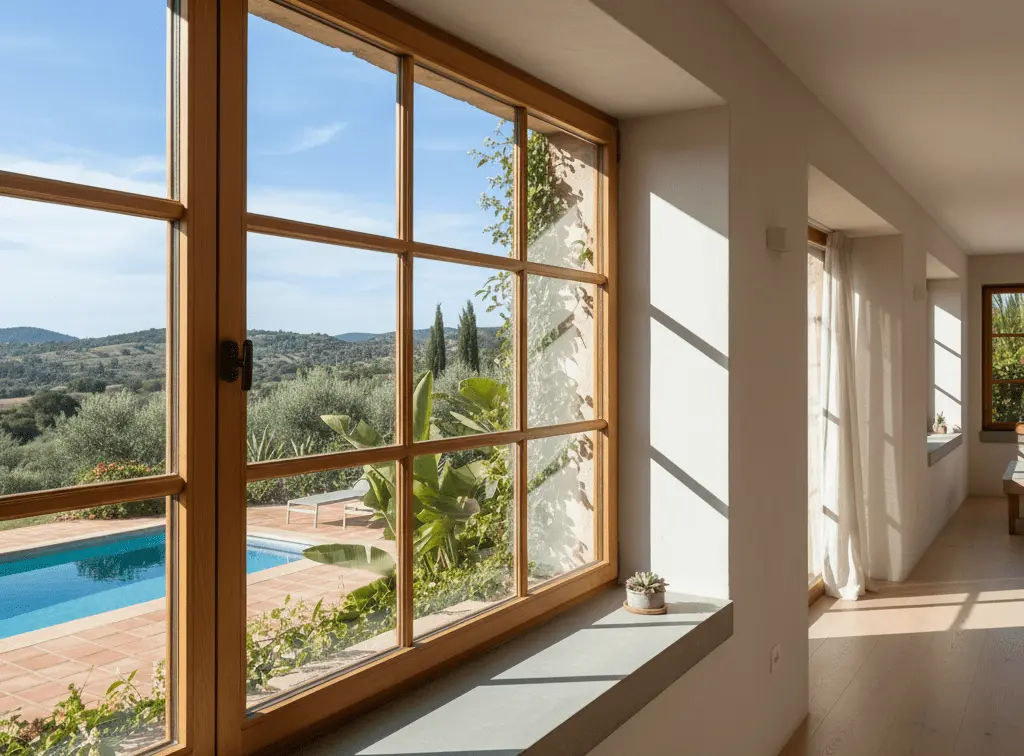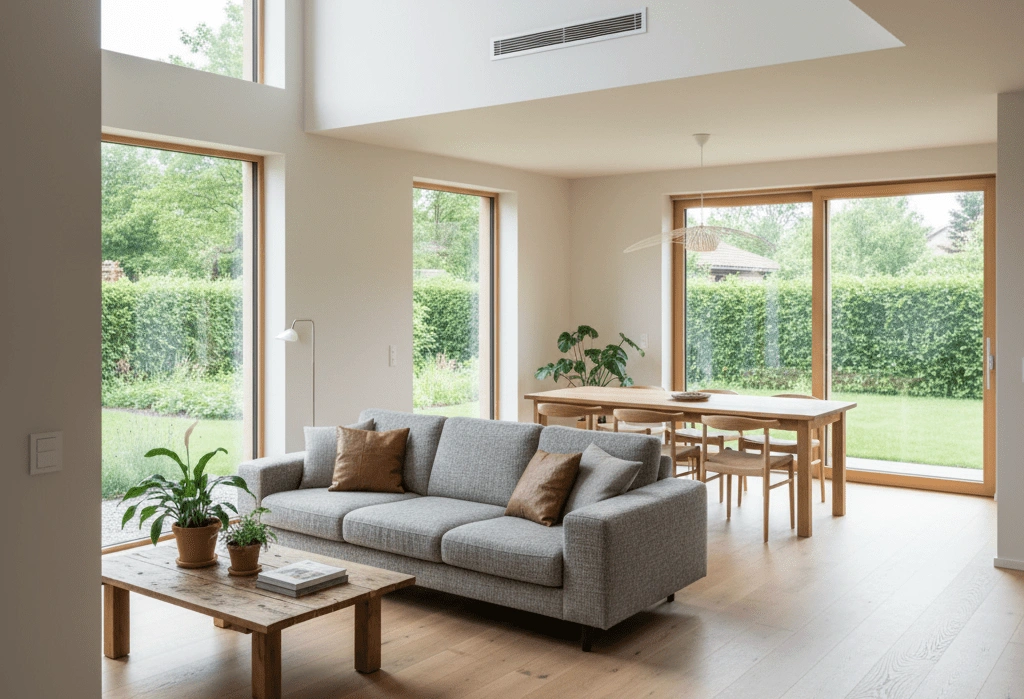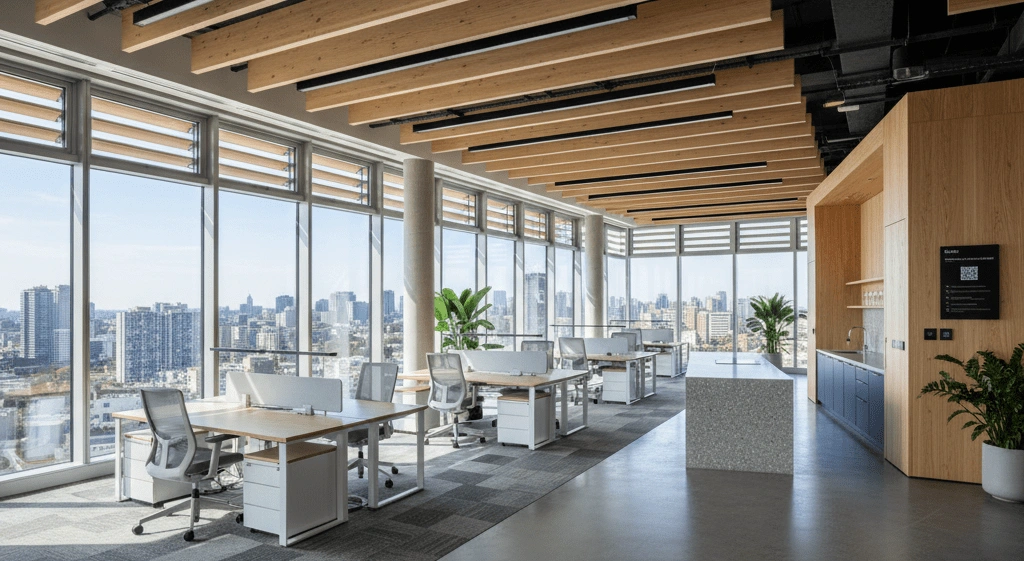The difference between passive houses and net-zero energy homes
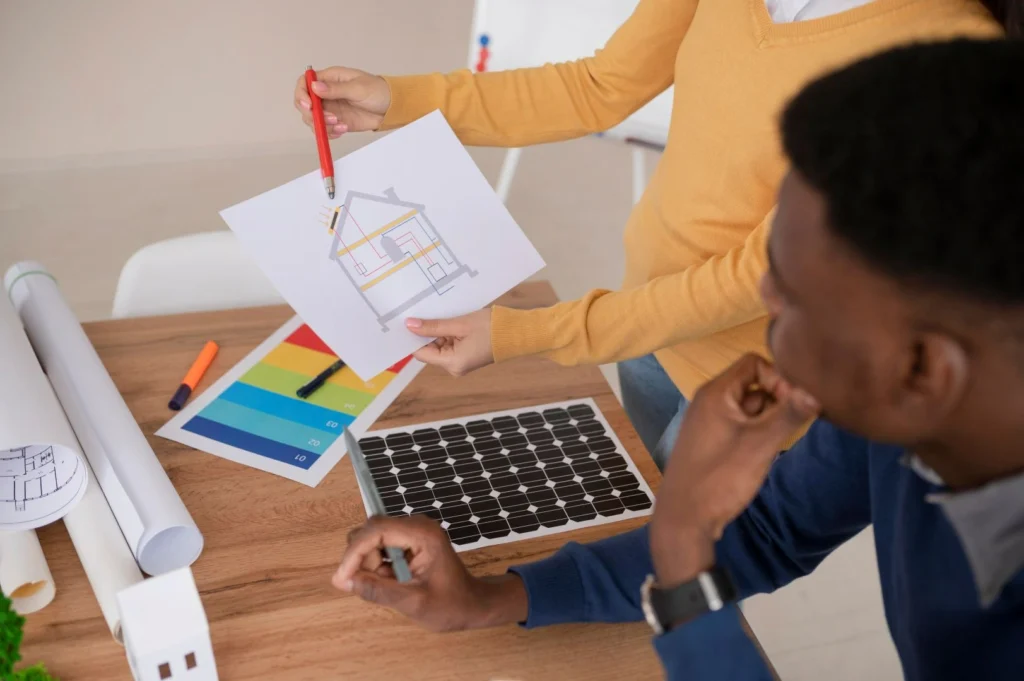
If you’re considering building an energy-efficient home, you might have come across the terms “passive house” and “net-zero energy home”. Both are popular approaches to creating sustainable, comfortable living spaces, but they are not the same. Understanding the difference can help you make better decisions when designing your next home.
What is a passive house?
A passive house is a building designed to maintain a comfortable indoor temperature throughout the year with minimal heating or cooling. It achieves this through a combination of energy-efficient design features, including excellent insulation, airtight construction, careful ventilation and smart use of natural sunlight.
Passive house design focuses on reducing energy demand first, making the home inherently efficient. Many passive houses in Australia use solar passive house design principles to capture winter sun and keep heat inside, while preventing overheating in summer.
Designing a passive house requires detailed planning, including orientation, window placement and choosing the right materials. The goal is to create a passive design house that uses as little energy as possible for heating, cooling and ventilation.
What is a net-zero energy home?
A net-zero energy home is one that produces as much energy as it consumes over the course of a year. This is usually achieved by combining energy-efficient design with on-site renewable energy generation, such as solar panels.
Unlike a passive house, which focuses primarily on reducing energy needs, a net-zero home balances its energy use by generating electricity or heat to offset consumption. This means a net-zero energy home may still need heating or cooling systems but compensates for their use with renewable energy.
Net-zero energy homes can vary widely in design. Some may use passive design house plans as a foundation, while others focus more on technology and renewable energy systems to reach net-zero status.
Key differences between passive houses and net-zero energy homes
The main difference is where each approach places its emphasis:
- Energy demand versus energy supply: Passive house design prioritises reducing energy demand through insulation, airtightness and ventilation.
Net-zero energy homes focus on balancing energy use with renewable generation.
- Design approach: Designing a passive house is highly focused on the building fabric and orientation.
- Energy systems: Passive homes rely on insulation, airtightness and smart orientation to do most of the work. But there is some mechanical work in the form of the mechanical ventilation with heat recovery (MVHR) system that brings in fresh air and keeps temperatures stable without wasting energy. This improves indoor air quality while keeping bills low.
- Certification and standards: Passive houses follow strict international standards for performance and energy use.
Net-zero homes may place more weight on solar panels, batteries and efficient appliances.
Net-zero homes may use larger heating and cooling setups, but they generate enough renewable energy (typically through solar panels) to cover their total annual energy use.
Net-zero homes have varying definitions depending on certification programs and local regulations.
How the two approaches complement each other
Although different, passive house design and net-zero energy homes work well together. A home that uses passive building design principles reduces its energy needs, making it easier and more cost-effective to reach net-zero energy.
For example, incorporating solar passive house design plans to reduce heating demand means smaller solar panel systems are needed to generate enough renewable energy. This reduces upfront costs and simplifies system maintenance.
Many passive home builders in Australia now combine passive design with renewable energy technologies to create homes that are both highly efficient and energy neutral.
Which approach is right for you?
Choosing between a passive house and a net-zero energy home depends on your goals, budget and site conditions.
If your priority is comfort, lower energy bills and environmental impact, designing a passive house is a solid choice. Passive design house plans are tailored to local climates, making the home comfortable year-round with minimal energy use.
If you want to maximise your home’s energy independence, a net-zero energy home that integrates renewable energy systems may be preferable.
But, there is an option that combines the energy generation aspects of net-zero homes with passive house principles. This means get a home that’s built to stay comfortable with minimal energy use, while also generating enough renewable energy to cover what little it does need.
Both passive homes and a net-zero house will have fairly significant initial costs. For passive houses, their expense lies in high-performance building materials, detailed design work, superior insulation, airtight construction and ventilation systems like MVHR.
For net-zero homes, your costs will include not just efficient design and construction, but also investment in renewable energy systems like solar panels, inverters and battery storage.
But they both offer long-term value in lower energy bills, greater comfort and future-proofing against rising utility costs. Over time, the savings on energy use and the reduced reliance on external power can help offset the upfront investment, making them a smart choice for homeowners who think long-term.
What this means for Australian homeowners
As interest in sustainable living grows, more builders, designers and tradies in Australia are gaining the skills to deliver passive house and net-zero energy homes. That’s because neither of these types of homes is an everyday build – they require specialist knowledge.
Designing a passive house means working with architects and builders familiar with passive building design, airtight construction and ventilation systems. If you’re aiming for official Passive House certification, your team will also need to follow strict performance standards and work with certified professionals to ensure your home meets international benchmarks.
Net-zero homes may require energy consultants, solar designers and installers who can size and integrate renewable systems effectively.
Whether you opt for a solar passive house design, a net-zero home or a combination of both, working with the right team will ensure your home delivers comfort, efficiency and long-term savings.
